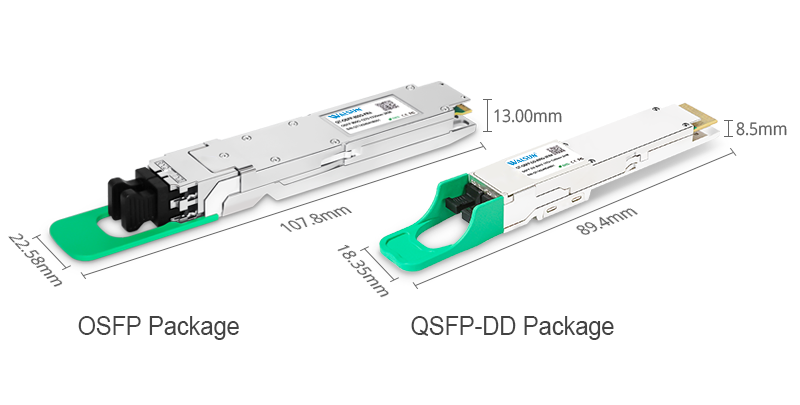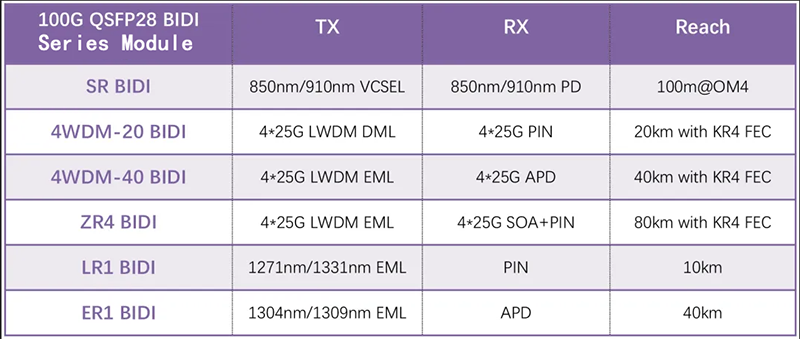PRODUCTS

- How to Make Network Cables? How to Test If a Network Cable Is Properly Made?For detailed instructions on how to connect network cables and RJ45 connectors, refer to the diagram of network cable connections. Network cables like Cat5, Cat5e, and Cat6 are widely used in enterprise networks, data center networks, or home networks. With the continuous invention of new types of network cables, they can894

- Optical module is the optoelectronic device that realizes photoelectric and photoelectric conversion in optical communication, and is the core part of optical communication industry. The form factors of fiber transceivers have changed from GBIC packaging before to smaller SFP packaging and then to the current 800G QSFP-DD and 800G OSFP packaging. The overall development of 800G transceiver toward1192

- In optical communication systems, optical fiber serves as the transmission medium, transmitting signals in the form of light. However, the analysis and processing of information require signals to be in an electrical state. Optical modules are one of the core components of optical fiber communication systems, primarily responsible for optical-electrical conversion. Optical modules include optical806

- Many service providers have begun deploying 400G network construction plans, such as Cisco, Huawei, etc. In the process of building 400G network systems, 400G optical modules play a crucial role. So, what are 400G optical modules? What are the differences between 10G, 25G, and 40G optical modules?What are 400G optical modules?400G optical modules are primarily used for optoelectronic conversion, w641

- To meet the demand for long-distance transmission in scenarios where optical fiber resources are scarce in edge access networks, Walsun has launched the 100G QSFP28 ZR4 BIDI product, and will demonstrate 100G 80km single-fiber bidirectional service transmission at OFC 2024. This is another industry-first product launch by Walsun following the market recognition of its 100G QSFP28 4WDM-20 BIDI indu1144


 CHS
CHS Walsun Mall
Walsun Mall










